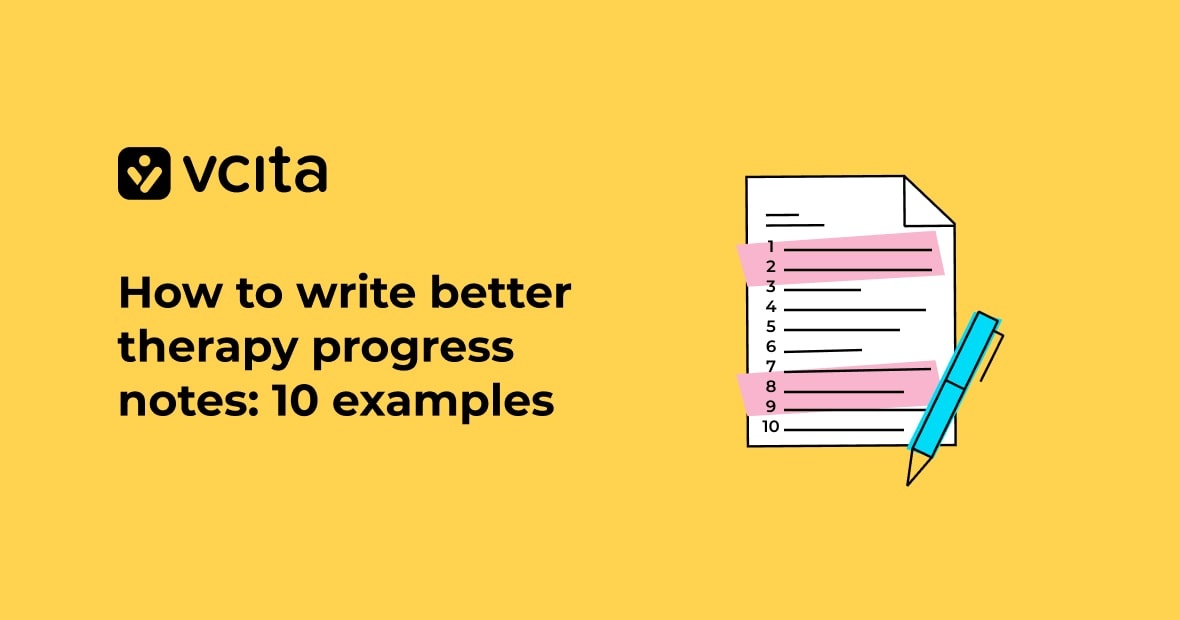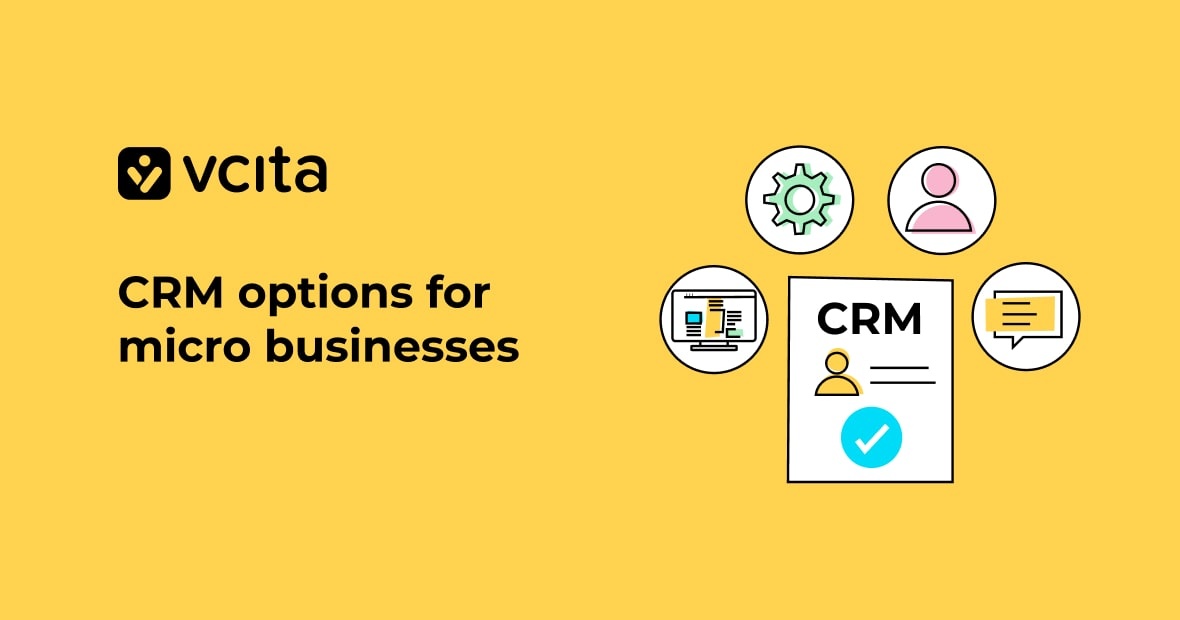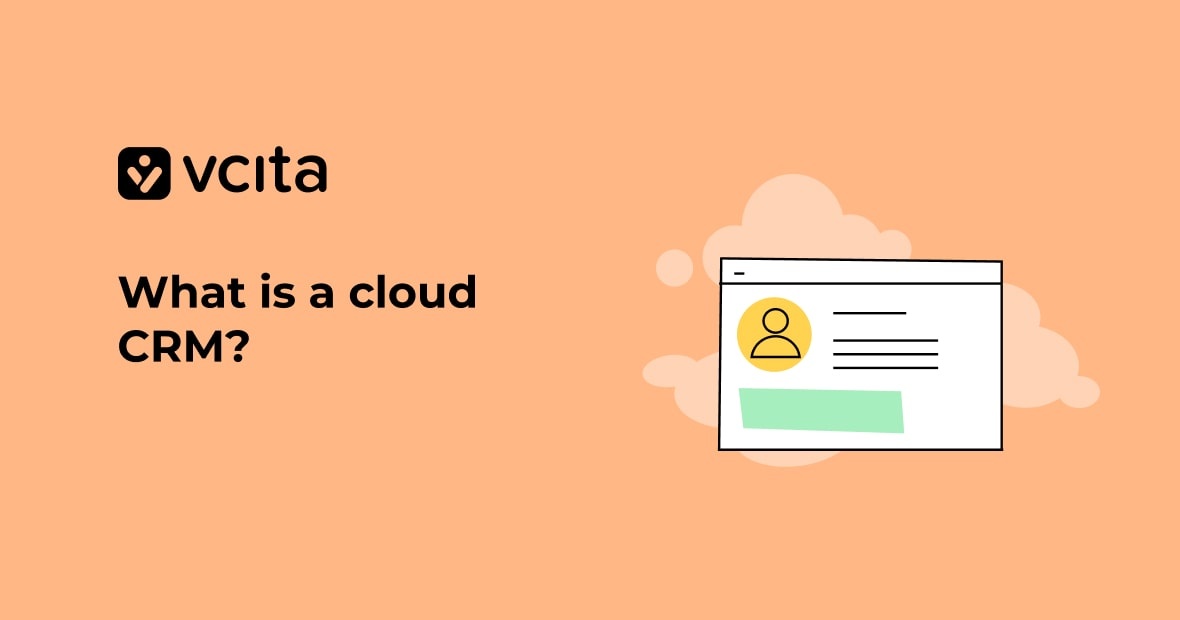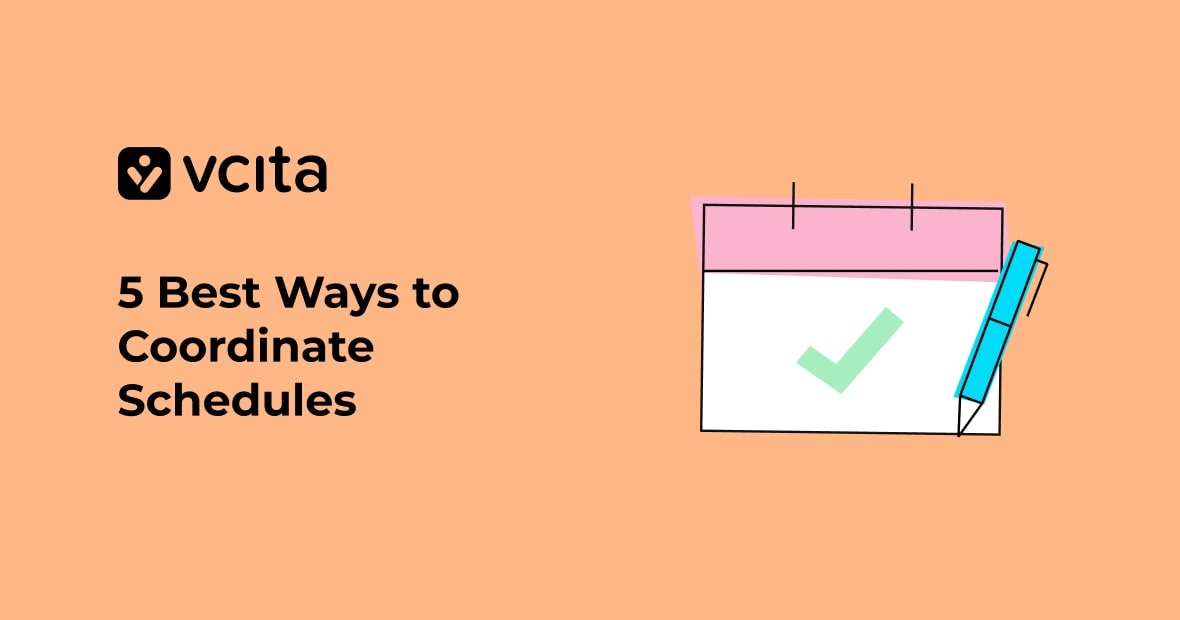How to write clear and effective therapy progress notes
Updated: 13/08/2025
Insights:
- Effective therapy progress notes improve client care and communication.
- Structured formats like SOAP, BIRP, and DAP streamline documentation.
- Clear, objective notes minimize errors and enhance accuracy.
- Digital templates and examples make note-writing more efficient.
- Regular note reviews ensure continuous professional improvement.
Therapy progress notes are essential tools for therapists, clinicians, and mental health professionals. These detailed documents provide crucial insights into client progress, guide future interventions, and ensure compliance with ethical, legal, and professional standards. Mastering the art of writing comprehensive progress notes significantly enhances client care and contributes to professional growth.
Why therapy progress notes matter:
Therapy progress notes offer numerous benefits that extend beyond basic documentation. Their primary purpose is to clearly record client improvements, setbacks, and responses during the therapy process. Accurate notes provide a reliable history of therapeutic interactions, facilitating seamless transitions between providers. Such records are invaluable for coordinated care, particularly when multiple practitioners or care providers collaborate on a client’s case.
Additionally, maintaining detailed progress notes ensures adherence to professional standards. Regulatory bodies and insurance providers often require evidence of therapeutic interventions and outcomes. Thorough documentation helps therapists demonstrate compliance with these standards, reducing legal risks and enhancing professional accountability.
Selecting a structured format for progress notes:
Using a structured format for writing progress notes can significantly improve clarity and efficiency. Several widely recognized formats help organize client information systematically:
SOAP progress notes (subjective, objective, assessment, plan):
- Subjective: Client’s expressed feelings, experiences, or symptoms.
- Objective: Observations made by the therapist, including client behavior and appearance.
- Assessment: Clinical interpretations, progress toward therapeutic goals, and diagnostic impressions.
- Plan: Proposed actions for subsequent sessions, including interventions and any necessary follow-ups.
SOAP template:
Date:
Client name:
Subjective:
- Client-reported feelings or issues:
Objective:
- Observations (behavior, appearance, affect):
Assessment:
- Clinical impressions:
- Progress towards goals:
Plan:
- Next session objectives:
- Interventions or homework assignments:
- Follow-up actions:
BIRP progress notes (behavior, intervention, response, plan):
- Behavior: Observable client behaviors, mood, or actions.
- Intervention: Specific therapeutic techniques or strategies employed.
- Response: Client’s reaction to the interventions.
- Plan: Future treatment plans or modifications based on client response.
BIRP template:
Date:
Client name:
Behavior:
- Observable actions or mood:
Intervention:
- Techniques and strategies used:
Response:
- Client’s reaction and progress:
Plan:
- Future treatment or session modifications:
DAP progress notes (data, assessment, plan):
- Data: Concrete details about the session, client statements, and behaviors.
- Assessment: Clinician’s interpretation of data and client progress.
- Plan: Next steps for continued therapy or referrals as needed.
DAP template:
Date:
Client name:
Data:
- Session details and client statements:
Assessment:
- Clinical impressions and client progress:
Plan:
- Next therapeutic steps and follow-up:
Selecting the appropriate format largely depends on your clinical style and practice requirements.
Tips for effective therapy session notes:
Creating quality therapy session notes requires attention to detail. Use clear and concise language, focusing on key therapeutic interactions. Review therapy notes examples to understand the depth and precision necessary for professional documentation.
Clinical notes examples and their benefits:
Utilizing clinical notes examples helps therapists understand industry standards and improve their own documentation. Reviewing high-quality examples regularly sharpens note-writing skills and ensures comprehensive client records.
Counseling progress notes in addiction treatment:
Detailed counseling progress notes are particularly important in addiction inpatient facilities. Precise documentation ensures effective tracking of treatment plans and interventions, contributing significantly to successful client outcomes.
Creating digital flipbooks for therapy notes:
Creating digital flipbooks can be an innovative approach for presenting therapy notes templates and educational resources to clients or colleagues. If you create digital flipbooks, offering engaging, accessible formats to illustrate therapeutic progress and techniques clearly.
Best practices for writing progress notes:
Effective documentation is more than simply recording session events. Adhering to best practices ensures your progress notes are meaningful, accurate, and professional:
- Prompt Documentation: Complete notes immediately after each session.
- Stay Objective: Always document observable behaviors and direct client quotes.
- Use Accessible Language: Avoid unnecessary jargon.
- Highlight Strengths: Document client successes to reinforce positive outcomes.
- Confidentiality in Progress Notes: Ensure secure storage and compliance with privacy regulations.
Common pitfalls in writing progress notes:
- Avoid generalities: Always provide specific examples.
- Minimize jargon: Ensure clarity through plain language.
- Stay factual: Ground notes in observable data and reported facts.
- Include next steps: Clearly outline future therapeutic plans.
Using technology to enhance progress notes:
Digital tools significantly enhance the efficiency and effectiveness of therapy progress notes:
- Electronic health records (EHR): Secure and organized digital storage.
- Progress notes templates: Standardized, customizable formats.
- Voice-to-text for progress notes: Efficient speech recognition documentation.
Regular review of progress notes:
Implementing regular reviews significantly enhances note quality. Periodic audits, peer reviews, or consultations with colleagues identify improvement areas. Continuous feedback and reflection support professional growth, improving documentation skills and clinical outcomes.




























